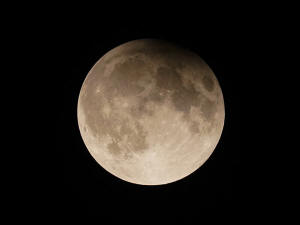|
The space rock — 2024 PT5 — was first spotted in August by
astronomers at Complutense University of Madrid using a powerful
telescope located in Sutherland, South Africa.
These short-lived mini moons are likely more common than we
realize, said Richard Binzel, an astronomer at Massachusetts
Institute of Technology. The last known one was detected in
2020.
“This happens with some frequency, but we rarely see them
because they’re very small and very hard to detect,” he said.
“Only recently has our survey capability reached the point of
spotting them routinely.”
The discovery by Carlos de la Fuente Marcos and Raúl de la
Fuente Marcos was published by the American Astronomical
Society.
This one won’t be visible to the naked eye or through amateur
telescopes, but it “can be observed with relatively large,
research-grade telescopes,” Carlos de la Fuente Marcos said in
an email.
Binzel, who was not involved in the research, said it’s not
clear whether the space rock originated as an asteroid or as “a
chunk of the moon that got blasted out.”
The mini moon will circle the globe for almost 57 days but won't
complete a full orbit. On Nov. 25, it will part ways with the
Earth and continue its solo trajectory through the cosmos. It's
expected to pass by again in 2055.
All contents © copyright 2024 Associated Press. All rights
reserved |
|




